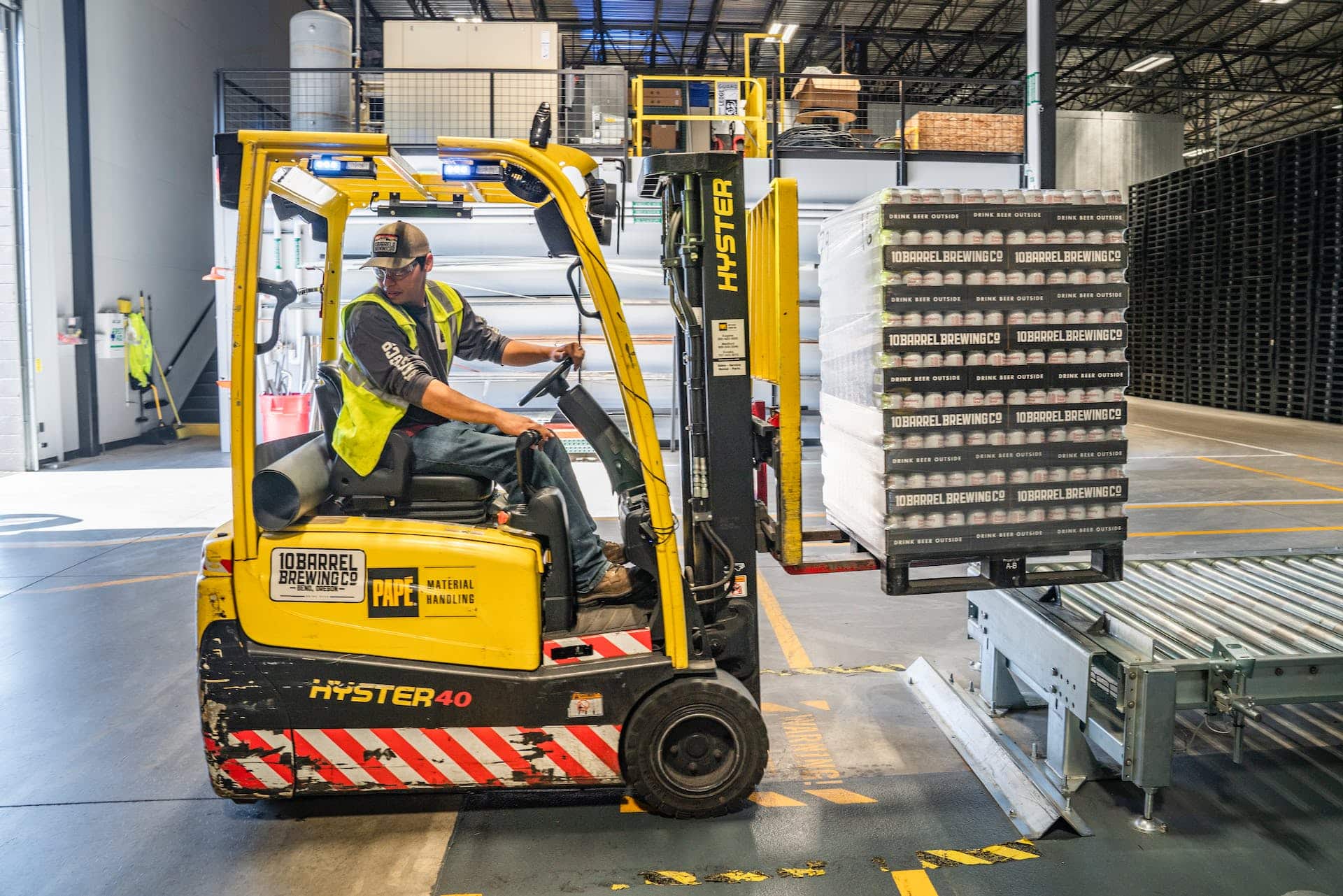What are the best practices for sustainable inventory management?

When running a business, you may sometimes feel like you’re walking a tightrope. You need to control costs, meet demand, and manage time effectively. But at the same time, you need to consider sustainable practices and the impact of your business on the environment. One area where these concerns intersect is inventory management. So, what are the best practices for sustainable inventory management? In this article, we will explore this issue in-depth.
Understanding the Importance of Sustainable Inventory Management
Before we delve into the best practices, it’s crucial to understand why sustainable inventory management matters. At its core, inventory management is about ensuring that you have the right goods in the right quantities at the right time. It’s a critical aspect of supply chain management, influencing costs, customer satisfaction, and business profitability.
Cela peut vous intéresser : How to use augmented reality for enhancing in-store experiences?
However, traditional inventory management often overlooks one crucial factor: the environmental impact. From the energy used in production and transportation to the waste generated by unsold or obsolete items, the environmental footprint of your inventory can be significant.
That’s where sustainable inventory management comes in. By integrating sustainability principles into your inventory practices, you can help reduce waste, decrease energy usage, and contribute to environmental conservation while also reaping business benefits.
Lire également : What are the challenges of managing a family-owned business?
How to Reduce Waste with Inventory Control
One of the main environmental challenges related to inventory management is waste. Excess inventory that remains unsold or becomes obsolete can end up in landfills, contributing to pollution and resource depletion. To address this issue, one of the best practices is to improve your inventory control.
By using accurate data and forecasting methods, you can better predict customer demand and adjust your inventory levels accordingly. This can help you avoid overstocking, which not only generates waste but also ties up capital that could be used more productively elsewhere in your business.
Additionally, it’s also beneficial to consider the lifecycle of your products. Adopting a circular economy approach, where products are reused, recycled, or refurbished instead of being discarded, can further reduce waste and lower your environmental impact.
The Role of Supply Chain Sustainability
Another critical aspect of sustainable inventory management is supply chain sustainability. The supply chain, which includes all the processes involved in producing and delivering goods to customers, is often where the most significant environmental impact occurs.
To enhance supply chain sustainability, you should scrutinize your suppliers’ environmental practices. For instance, do they use renewable energy sources? Do they follow responsible waste management practices? By choosing to work with environmentally responsible suppliers, you can lessen the environmental footprint of your inventory.
Moreover, it’s vital to consider the transportation element of your supply chain. By optimizing delivery routes or choosing more eco-friendly transport methods, you can reduce your carbon emissions.
Utilizing Technology for Sustainable Inventory Management
Technology can play a key role in implementing and maintaining sustainable inventory management practices. For instance, inventory management software can provide real-time data on your inventory levels, helping you make informed decisions and reduce overstocking and waste.
Artificial intelligence (AI) and machine learning (ML) can also be utilized to improve demand forecasting, which is essential for maintaining optimal inventory levels. By analyzing historical sales data and market trends, AI and ML algorithms can predict future demand more accurately, helping you manage your inventory more efficiently and sustainably.
Moreover, blockchain technology can enhance transparency in your supply chain. It allows you to track and verify the environmental practices of your suppliers, ensuring that your inventory is truly sustainable.
Incorporating Environmental Costs into Inventory Management
Lastly, integrating environmental costs into your inventory management can further promote sustainability. Traditionally, inventory costs include purchase costs, holding costs, and ordering costs. However, these don’t account for the environmental costs, such as emissions, resource depletion, and waste disposal.
By including environmental costs in your calculations, you can get a better picture of the true cost of your inventory. This can incentivize more sustainable practices and help you identify opportunities for cost savings, for instance, by reducing energy usage or waste.
But remember, sustainable inventory management is not just about reducing costs. It’s also about contributing to a more sustainable world. So, as you strive to make your inventory practices more sustainable, don’t forget to communicate your efforts to your stakeholders. This transparency can not only boost your brand image but also inspire others to follow in your footsteps.
The Role of Manufacturing Executives in Sustainable Inventory Management
The commitment of manufacturing executives to sustainable inventory management is fundamental to its implementation and success. These executives are in a prime position to effect change. They can not only lead by example but also push for policies that promote the adoption of sustainable practices in inventory control.
Manufacturing executives can encourage sustainability by setting clear objectives and targets for reducing waste, improving energy efficiency, and minimizing the environmental impact of inventory management. They can use real-time inventory management systems and technologies to monitor progress and make adjustments as needed.
Furthermore, they can foster a culture of sustainability within the organization. This includes providing education and training to employees about the importance of sustainable practices and how they can contribute to these efforts. In addition, they can celebrate and support employees who demonstrate a love for insightful and innovative ideas that enhance sustainability.
Moreover, manufacturing executives can leverage their influence in the broader supply chain. They can advocate for sustainable practices among suppliers and work to establish sustainable supply chains. This not only contributes to their own company’s sustainability goals but also promotes sustainability across the industry.
Conclusion: The Future of Sustainable Inventory Management
The practices and technologies discussed in this article represent the current best practices for sustainable inventory management. However, the field is continually evolving, with new approaches and techniques being developed all the time. Therefore, it’s essential for businesses to stay abreast of these developments and be ready to adapt their practices accordingly.
The future of sustainable inventory management will likely involve even greater integration of advanced technology. AI and ML will continue to refine demand forecasting, and blockchain may become standard for ensuring supply chain transparency.
Moreover, growing recognition of the environmental impact of inventory management means that sustainable practices will likely become an industry standard rather than an optional extra. As such, businesses that do not adopt these practices may find themselves at a competitive disadvantage.
In conclusion, sustainable inventory management is more than just a trend. It is a fundamental shift in how businesses operate, driven by a growing awareness of the need to reduce waste and optimize inventory control. As we move further into the 21st century, the implementation of sustainable practices in inventory management will become increasingly important, not just for the environment, but for the survival and success of businesses.
Consequently, it’s time for all businesses to take action. By adopting sustainable inventory management practices, they can decrease their environmental impact, improve efficiency, and contribute to a more sustainable world. And as manufacturing executives, suppliers, and employees work together in this endeavor, they can truly make a difference. To quote a popular adage, "The journey of a thousand miles begins with a single step." So, take that step today, and embark on your journey towards sustainable inventory management.
